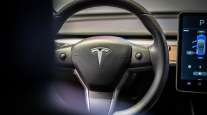How Elon Musk Might Make $920 Million in Tesla Debt Go Away
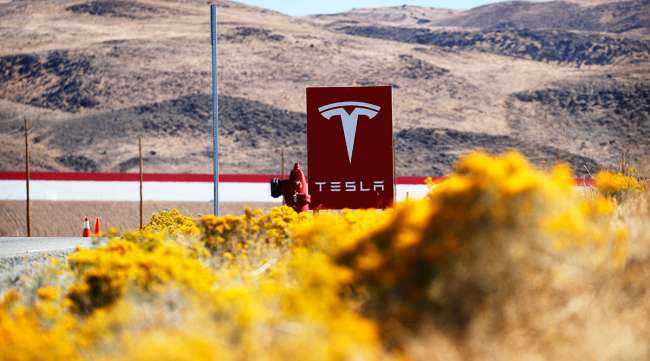
A big pile of debt comes due at Tesla on March 1 — $920 million worth. But starting in two weeks, the company has a chance to make it disappear.
The debt is in the form of convertible bonds, a special kind of instrument that can be converted into shares of Tesla stock under certain conditions. If conditions are met, and all bondholders convert, Tesla would suddenly gain $920 million worth of much-needed financial flexibility.
To spark a conversion, Tesla needs to boost its stock price to $359.87 or higher in the three-month period between Dec. 1 and Feb. 28. The higher the price goes, the more likely holders will convert.
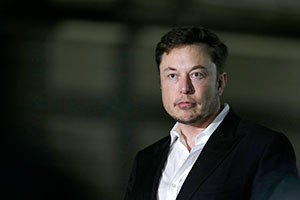
Tesla CEO Elon Musk (Kiichiro Sato/Associated Press)
A successful conversion would go a long way toward helping Tesla meet CEO Elon Musk’s bold financial goals. He’s told stock analysts to expect positive net income and positive free cash flow in the upcoming quarter ending in December, with “aspirations [for profits in] all quarters going forward.”
If the overall stock market’s recent swoon continues, the $359.87 strike price might be hard to reach. Tesla shares now trade at around $345.
Still, Tesla’s volatile stock has bucked general market trends before, and could do so again.
‘[Tesla] trades like a hyper growth company,” said Scott Lummer, who heads Savant Investment Group in Oakland. “It could be one good news event away from selling at $400 or above, or take a dive on bad news, like the company not meeting its production goals.”
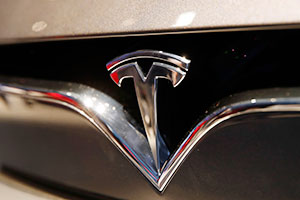
Christophe Ena/Associated Press
What might raise Tesla’s stock price higher enough to encourage conversion? Elaborate introductions of proposed future products the company has staged in the past — such as a solar-tile roof in 2016 or a semi truck last year — didn’t move the stock price much. (Neither the roof nor the truck is close to commercial deployment.)
Anticipation of the Model 3 is what drove Tesla stock to a near-record closing price of $383.45 on June 26, 2017. Musk spotlighted 50 new “production” cars in a crowded live-streamed event that July at the company’s Fremont factory, where he promised a base price of $35,000. Around that time, he told analysts to expect a production rate of 10,000 a week sometime in 2018.
The actual base price today is $46,000, and Tesla has not yet reached a consistent weekly rate of 5,000.
Tesla’s stock price hit $387.46 in intraday trading Aug. 7 — its high point so far this year — when Musk tweeted he had secured funding for a deal to take the company private at $420 a share. That proved untrue, which got Musk into trouble with the Securities and Exchange Commission. The stock price plunged.
Shares shot up again, though — by 9%, from $288.50 a share to $314.86 — on Oct. 25, the day after Tesla announced a rare, $255 million profit that was far higher than most analysts expected. Since then, the share price gradually has climbed into the current $345 zone.
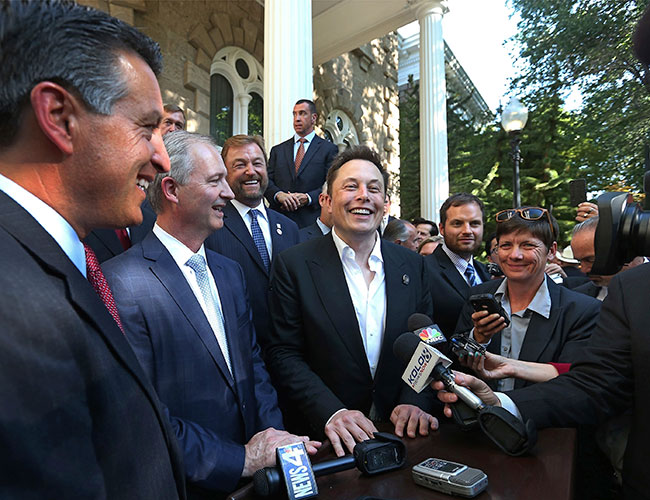
Elon Musk at an event in Carson City, Nev. (Cathleen Allison/Associated Press)
During a November earnings call with analysts, Musk hinted at the possible introduction of an electric pickup truck. But more than ever, Tesla investors seem more interested in hard financial results than visions of the future. One way to boost sales: Tesla has joined General Motors Co. and Nissan to lobby Congress for an extension of the $7,500 federal tax credit on electric-car purchases, which begins running out for Tesla on Jan. 1. If successful, a stock bump almost surely would follow.
The bond market is betting the strike price will be exceeded. The Tesla convertibles, which pay a slim interest rate of 0.25%, traded at $106.50 on Nov. 14. A price above $100 par value is a gamble that the bonds are worth more than their principal amount.
“It’s likely nearly all bondholders would want stock if the stock is trading above $359.87,” Morningstar stock analyst David Whiston said. “If the stock is below $359.87 by March 1, when the bonds mature, then holders probably will want cash and the bond will just mature for cash.”
Paul Huettner at Chicago investment firm Chilmark Partners said if anybody converts, it’s unlikely to happen until the last minute, shortly before the March 1 deadline: “The only way any bondholder will convert is if they believe the benefit of getting shares will outweigh that of taking cash on March 1.”
Converting much earlier risks a share price falloff before the converted shares can be sold.
One reason the bonds are trading above par, he said, is on the chance Tesla will change the conversion rate, making any exchange a better deal. Right now, the rate is 2.7788 per $1,000 — meaning a bondholder would receive 2.7788 shares for every $1,000 in bond par value. At the strike price, that equals $359.87 a share. The further the stock goes beyond that price, the higher the potential profit.
Offering more shares on conversion could make bondholders happy, but there’s a downside: diluting existing shareholders’ stakes as more shares flood the market. (Under the bond agreement, Tesla can choose to pay the bonds off in cash, rather than exchange debt for stock. But given its cash needs, that’s highly unlikely.)
How much dilution matters to Musk — who owns about 20% of Tesla shares — or other shareholders is unclear. Anyone buying Tesla at current prices isn’t worried about dividends, which Tesla does not pay, or a few cents of earnings per share. They’re betting the company will blast off like Apple or Amazon.
That’s why the best way for Tesla to lift its share price high enough to trigger a conversion and save $920 million is to prove that Model 3 sales continue to grow and costs are being kept low enough to produce a healthy profit.
Distributed by Tribune Content Agency, LLC




